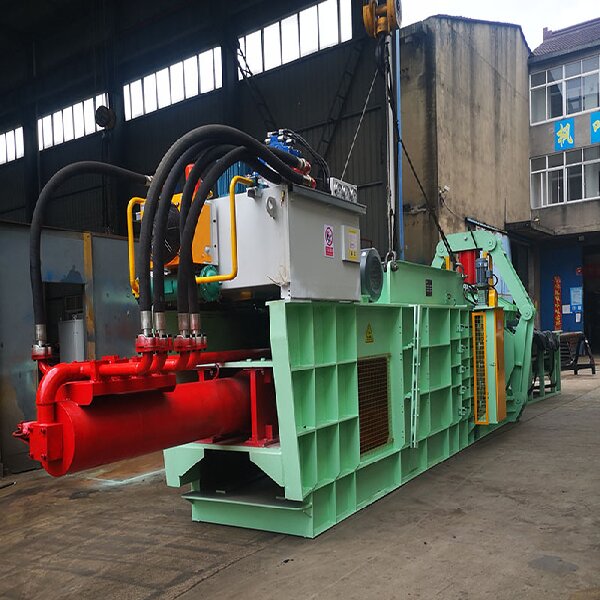Starting the hydraulic oil pump:Start the hydraulic oil pump to begin compression baling. During this process, the operator needs to closely monitor the hydraulic oil pressure changes and the baler's operating status. If any abnormalities are found, stop the machine immediately for inspection.

Consider purchase cost, operating cost, and maintenance cost. After-Sales Service: Choose a supplier that provides good after-sales service so that you can get timely repair and support when the machine malfunctions. Footprint: Consider the machine's size and available space in your factory to ensure that the machine's installation does not interfere with other production activities. Environmental Requirements: Ensure that the selected machine meets local environmental standards and requirements.

Safety Measures: The grounding terminal must be connected to the ground wire to prevent electric shock. During operation, wear gloves, safety glasses, and a mask.

Spare Parts Preparation: It is recommended to prepare spare fasteners, bolts, wires, etc., when using the fully automatic waste paper baler to prevent emergencies.

III. Scope of Application:
The Horizontal Hydraulic Waste Paper Baler is suitable for baling various loose materials, such as waste paper, waste plastics, and straw. Baling these materials significantly reduces their volume, facilitating transportation and storage.
IV. Precautions for Use:Troubleshooting: If any malfunction or abnormal condition is detected during use, immediately stop the machine for inspection and contact a professional repair technician.

Brand and after-sales service are another crucial consideration. reputable brand usually signifies more reliable quality, more stable performance, and a longer lifespan. comprehensive after-sales service network ensures timely technical support and repair in case of equipment malfunction, minimizing downtime losses.

Finally, you shouldn't just focus on the initial purchase cost; you should also comprehensively evaluate the equipment's operating costs, maintenance costs, and the increased revenue resulting from its efficient operation. comprehensive cost-benefit analysis will help you find the plastic bottle baling machine that offers the best value for money and best suits your company's long-term development.

Email:info@nkbaler.com Nickbaler888@gmail.com
WhatsApp: 008615021631102

